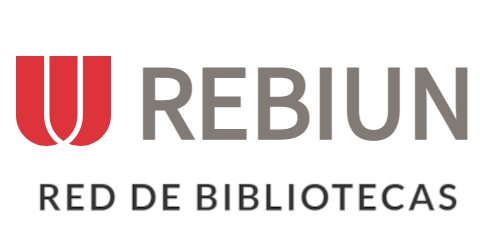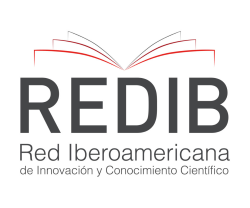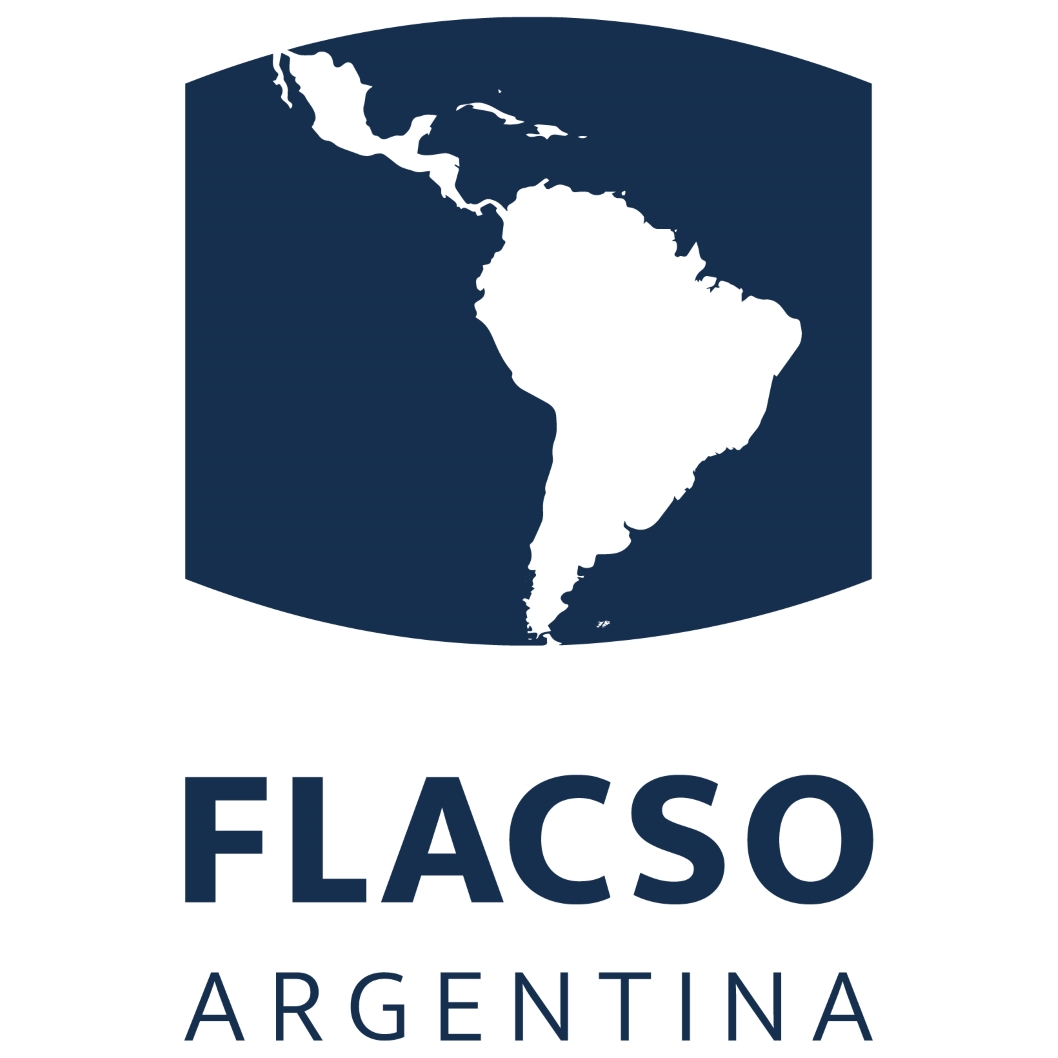Pancreatitis posterior a CPRE, Revisión Sistemática de la literatura sobre un complejo problema considerado Daño Colateral Gastroenterológico
Resumen
La pancreatitis aguda es la complicación grave más común de la colangiopancreatografía retrógrada endoscópica (CPRE), lo que resulta en una morbilidad significativa y mortalidad ocasional. La pancreatitis posterior a la CPRE (PPCPRE, por sus siglas en inglés) ha sido reconocida desde que se realizó la CPRE por primera vez, y muchos estudios han demostrado un riesgo constante que debe equilibrarse con los muchos beneficios de este procedimiento. Esta revisión discutirá la patogenia, la epidemiología, los posibles factores de riesgo y la presentación clínica de la PPCPRE. Además, discutirá en detalle las actualizaciones más recientes de prevención y manejo de PPCPRE.
Descargas
Citas
American College of Gastroenterology guideline: management of acute pancreatitis. Tenner S, Baillie J, DeWitt J, Vege SS. Am J Gastroenterol. 2013; 108:1400–1415.
Endoscopic sphincterotomy complications and their management: an attempt at consensus. Cotton PB, Lehman G, Vennes J, et al. Gastrointest Endosc. 1991; 37:383–393.
Prophylaxis of post-ERCP pancreatitis: European Society of Gastrointestinal Endoscopy (ESGE) Guideline - updated June 2014. Dumonceau JM, Andriulli A, Elmunzer BJ, et al. Endoscopy. 2014; 46:799–815.
Complications of endoscopic biliary sphincterotomy. Freeman ML, Nelson DB, Sherman S, et al. N Engl J Med. 1996; 335:909–918.
Classification of acute pancreatitis--2012: revision of the Atlanta classification and definitions by international consensus. Banks PA, Bollen TL, Dervenis C, et al. Gut. 2013; 62:102–111.
ERCP- and endoscopic sphincterotomy-induced pancreatitis. Sherman S, Lehman GA. Pancreas. 1991; 6:350–367.
Prevention of post-ERCP pancreatitis. Donnellan F, Byrne MF. Gastroenterol Res Pract. 2012; 2012:796751.
Prevention of post-ERCP pancreatitis: a comprehensive review. Freeman ML, Guda NM. Gastrointest Endosc. 2004; 59:845–864.
Prevention of post-ERCP pancreatitis. Wong LL, Tsai HH. World J Gastrointest Pathophysiol. 2014; 5:1–10.
Post-ERCP pancreatitis: pathophysiology, early identification and risk stratification. Tryliskyy Y, Bryce GJ. Adv Clin Exp Med. 2018; 27:149–154.
Incidence rates of post-ERCP complications: a systematic survey of prospective studies. Andriulli A, Loperfido S, Napolitano G, et al. Am J Gastroenterol. 2007; 102:1781–1788.
Risk factors for post-ERCP pancreatitis: a systematic review of clinical trials with a large sample size in the past 10 years. Chen JJ, Wang XM, Liu XQ, et al. Eur J Med Res. 2014; 19:26.
Risk factors for post-ERCP pancreatitis: a prospective multicenter study. Cheng CL, Sherman S, Watkins JL, et al. Am J Gastroenterol. 2006; 101:139–147.
Risk factors for post-ERCP pancreatitis: a systematic review and meta-analysis. Ding X, Zhang F, Wang Y. Surgeon. 2015; 13:218–229.
ERCP in elderly patients: increased risk of sedation adverse events but low frequency of post-ERCP pancreatitis. Finkelmeier F, Tal A, Ajouaou M, Filmann N, Zeuzem S, Waidmann O, Albert J. Gastrointest Endosc. 2015; 82:1051–1059.
Incidence, severity, and mortality of post-ERCP pancreatitis: a systematic review by using randomized, controlled trials. Kochar B, Akshintala VS, Afghani E, et al. Gastrointest Endosc. 2015; 81:143–149.
Protective effect of advanced age on post-ERCP pancreatitis and unplanned hospitalisation. Maitin-Casalis N, Neeman T, Thomson A. Intern Med J. 2015; 45:1020–1025.
Incidence and predictors of post-ERCP pancreatitis in patients with suspected sphincter of Oddi dysfunction undergoing biliary or dual sphincterotomy: results from the EPIDEO prospective multicenter randomized sham-controlled study. Yaghoobi M, Pauls Q, Durkalski V, et al. Endoscopy. 2015; 47:884–890.
Frequency and severity of post-ERCP pancreatitis correlated with extent of pancreatic ductal opacification. Cheon YK, Cho KB, Watkins JL, McHenry L, Fogel EL, Sherman S, Lehman GA. Gastrointest Endosc. 2007; 65:385–393.
Patterns and predictive factors of complications after endoscopic retrograde cholangiopancreatography. Glomsaker T, Hoff G, Kvaløy JT, Søreide K, Aabakken L, Søreide JA. Br J Surg. 2013; 100:373–380.
Risk factors for complications after ERCP: a multivariate analysis of 11,497 procedures over 12 years. Cotton PB, Garrow DA, Gallagher J, Romagnuolo J. Gastrointest Endosc. 2009; 70:80–88.
Risk factors for post-ERCP pancreatitis in high- and low-volume centers and among expert and non-expert operators: a prospective multicenter study. Testoni PA, Mariani A, Giussani A, et al. Am J Gastroenterol. 2010; 105:1753–1761.
Effects of medications on post-endoscopic retrograde cholangiopancreatography pancreatitis. Li N, Tieng A, Novak S, et al. Pancreatology. 2010; 10:238–242.
Evaluation of endoscopic retrograde cholangiopancreatography procedures performed in general hospitals in France. Vitte RL, Morfoisse JJ. Gastroenterol Clin Biol. 2007; 31:740–749.
Biliary stent placement is associated with post-ERCP pancreatitis. Wilcox CM, Phadnis M, Varadarajulu S. Gastrointest Endosc. 2010; 72:546–550.
Risk of post-ERCP pancreatitis with placement of self-expandable metallic stents. Coté GA, Kumar N, Ansstas M, Edmundowicz SA, Jonnalagadda S, Mullady DK, Azar RR. Gastrointest Endosc. 2010; 72:748–754.
Clinical practice guideline for post-ERCP pancreatitis. Mine T, Morizane T, Kawaguchi Y, et al. J Gastroenterol. 2017; 52:1013–1022.
Serum amylase measured four hours after endoscopic sphincterotomy is a reliable predictor of postprocedure pancreatitis. Testoni PA, Bagnolo F, Caporuscio S, Lella F. Am J Gastroenterol. 1999; 94:1235–1241.
Relationship between post-ERCP pancreatitis and the change of serum amylase level after the procedure. Ito K, Fujita N, Noda Y, Kobayashi G, Horaguchi J, Takasawa O, Obana T. World J Gastroenterol. 2007; 13:3855–3860.
Derechos de autor 2023 Juan Sebastián Theran León;Luis Andrés Dulcey Sarmiento;Luisa Fernanda Ochoa Larrota;Omar Arley Torres Chaparro;Diego Alejandro Gómez Castellanos;Carlos Julio Ramírez Zambrano

Esta obra está bajo licencia internacional Creative Commons Reconocimiento 4.0.













.png)




















.png)
1.png)


